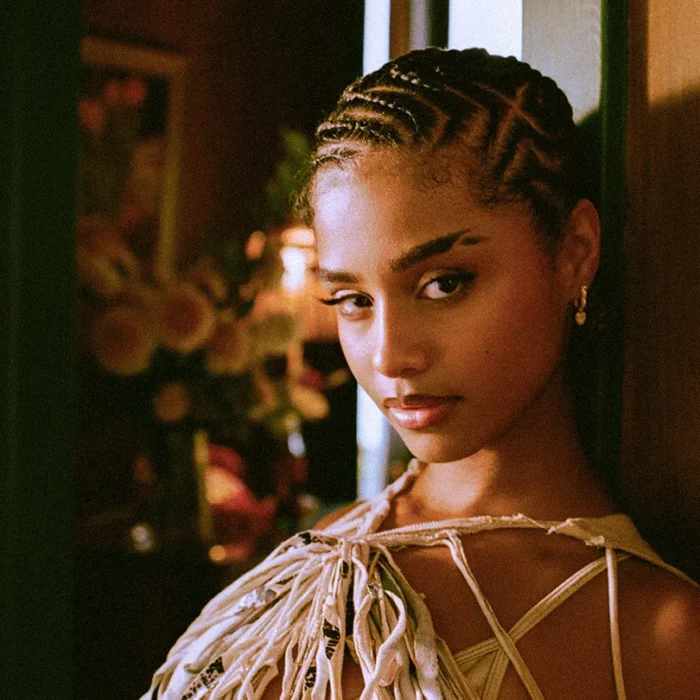

While much has been said about the rise of African music globally, little has been said about the role fashion has played in propelling its biggest flag-bearers into superstardom. In recent years, stars like Wizkid, Tyla, Burna Boy and Ayra Starr have refined their personal fashion aesthetics to reflect their global missions as genres like Afrobeats and Amapiano have ascended to never-before-seen heights.
“Fashion is synonymous with music,” says acclaimed celebrity stylist Ade Samuel. “A lot of the growth that happens when it comes with artists has always been a merger between the music they put out and that alignment that they have in the space of fashion. Think Michael Jackson, Prince and Beyoncé—it’s part of the universal way of making a popstar.” Samuel hopes the rise of Nigerian artists will translate to more opportunities for designers and other creatives out of Africa, a spirit she channelled into producing Teen Vogue’s first Africa-focused cover story in 2023. But in many ways, African music and African fashion have always gone hand in hand.
Afrobeat pioneer Fela Kuti paid particular attention to his styling choices and how they related to the anti-colonial messages in his music. Wizkid and Burna Boy have also referenced Fela’s personal style as often as they’ve referenced his lyrics. In 2023, luxe-leisure brands Casablanca and Ashluxe both produced collections inspired by Fela—a testament to his enduring influence in the realm of fashion.
Early-2000s pop stars like D’banj, P-Square, 2Face and Styl-Plus embraced styling choices that likened them to the great American hip-hop and R&B stars of the time, such as Usher, Ja Rule, 50 Cent and Boyz II Men. While the early-2010s were overrun with skinny jeans and snapbacks, the global rise of Afrobeats in the mid-2010s inspired a new wave of overtly Afrocentric fashion (simply juxtapose the covers of Wizkid’s debut album, 2011’s Superstar, and his sophomore album, 2014’s Ayo, for a visual representation of this shift).
In the modern era, artists have used fashion to further differentiate themselves in an ever-widening Afrobeats landscape. For numerous African artists, this has translated into diverse aesthetics that not only pull inspiration from global fashion trends—they influence them too. As LA-based stylist Ugo Mozie tells me, “The industry is slowly catching on to the influence of artists from Africa. Black and African representation in these spaces is still very scarce, but the impact of African creatives in fashion is undeniable.”
But how exactly did Africa’s pop stars become fixtures in the notoriously exclusionary fashion industry, and what lessons can we learn from them? To find out more, I spoke to some of the stylists fashioning the movement, and using clothing to cement their artists in the global pop-cultural zeitgeist.
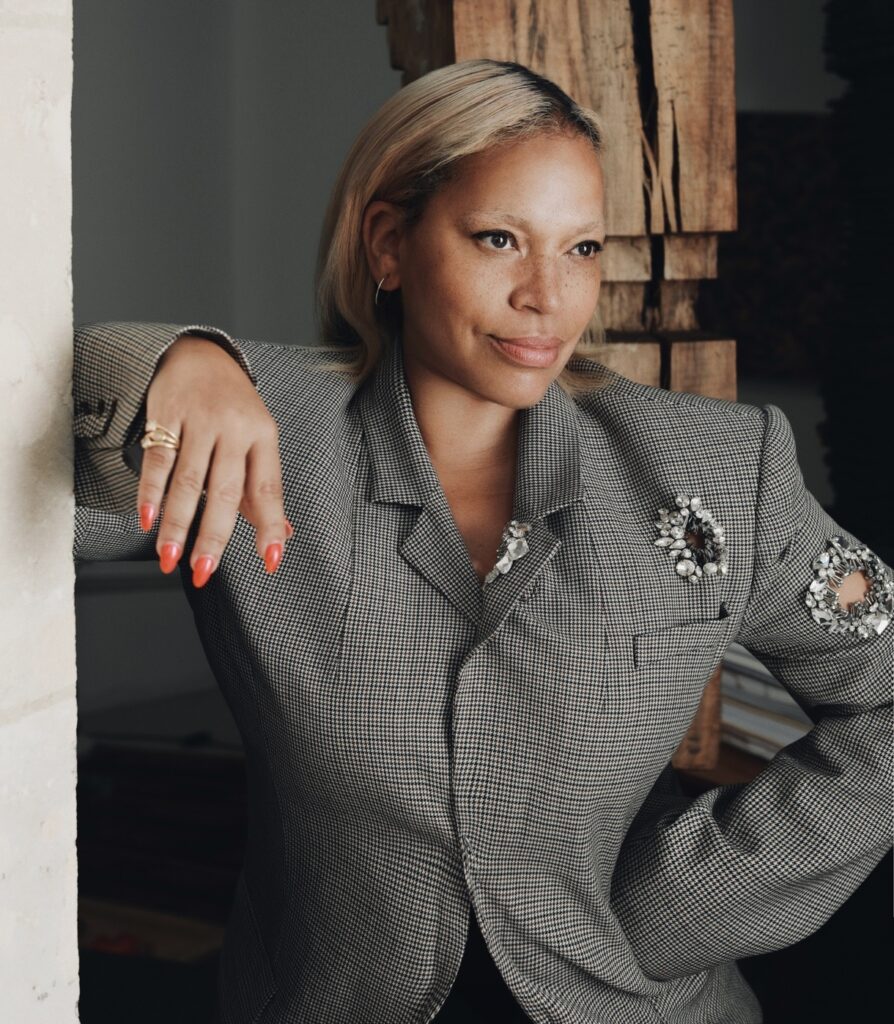
Stylist: KAREN BINNS
Artist: WIZKID
Veteran stylist and creative director Karen Binns was introduced to Wizkid at the most pivotal moment of his career. Following a successful run of hits like “One Dance” (2016), “Come Closer” (2017) and “Energy” (2018), anticipation was rapidly building for his next full-length project. For his part, Wizkid was ready to update his style in a way that reflected his growth and persona as a newly-minted global phenomenon. Wizkid and Binns’ first major project together was the cover artwork for his then-unreleased magnum opus, Made In Lagos (2020).
“Everybody was doing the Afrocentric, overstyled and overstated ‘I got money’ look,” Karen tells me over the phone from a taxi in Ibiza. “Wizkid’s style shows his exposure to the world, that he’s a person who travels, who explores every city he visits. Celebrations of Africa have always involved these bright colours, but Wizkid doesn’t need to do that to prove that he’s African. He is African. He’s a Nigerian artist, but he’s also a global artist.”
Musically, Made In Lagos saw Wizkid embrace a fresh, refined sound, luxuriating in the Afrobeats tradition, jazz, R&B and sounds of the Caribbean. The album would go on to propel him into new levels of critical and commercial success, its cover art a time capsule that would come to immortalise his crowning sonic achievement. Referencing Marlon Brando’s iconic role as Stanley Kowalski in A Streetcar Named Desire (1951), the monochromatic photograph was a reflection of Wizkid’s growth, as well as Binns’ own fashion philosophy which places the emphasis on storytelling, in lieu of luxury labels or brand notoriety.
“We just wanted people to see how much he’d grown,” Karen continues. “The cover is really about the vulnerability in a strong man, the vulnerability that comes from struggle. He’s crying into his hands and you get to see the tattoos from all the years he’s been working, and the iconic Nigerian [flag] ring. Telling that story was more important than, say, putting him in a pair of Bottega trousers.”
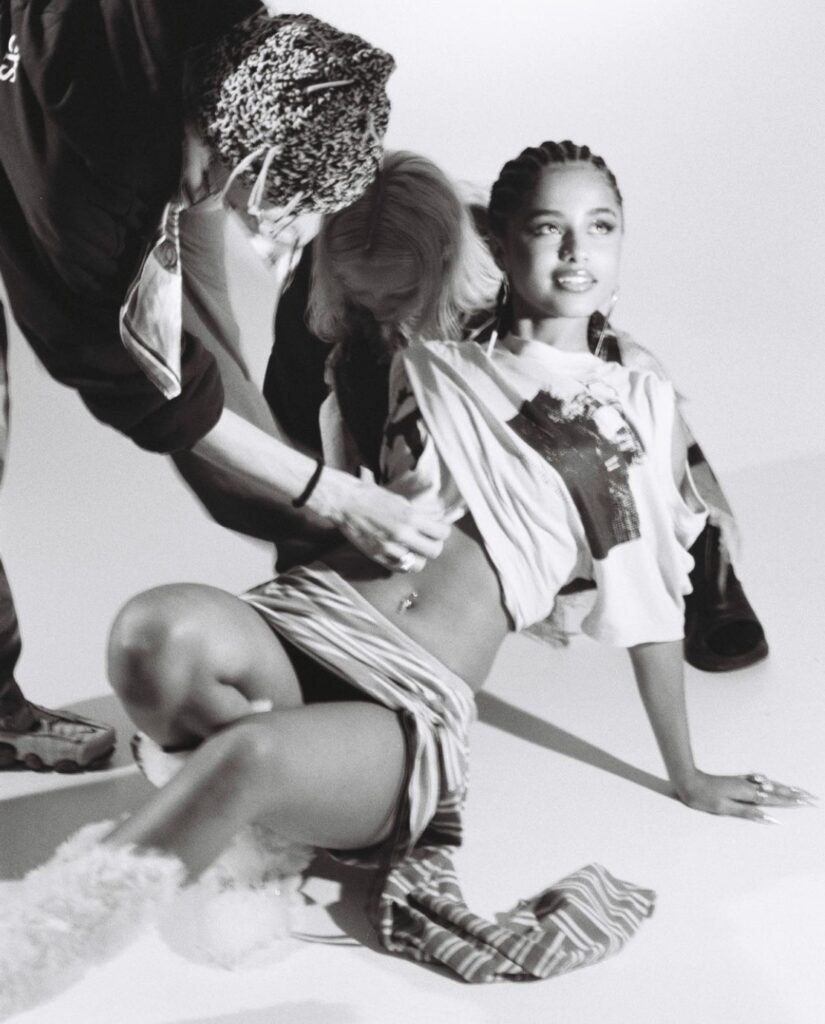
Stylist: LEE TRIGG
Artist: TYLA
London-based stylist Lee Trigg began working with South African music sensation Tyla in October 2022. Together, they crafted Tyla’s edgy pop-princess style, with its signature ‘Y2K’ inflections.
“There was always an experimental, DIY element to my work with Tyla,” says Trigg. “We styled her in pieces from young designers in London, as well as second-hand items and one-off pieces I made with my seamstress. We always mixed it up. Some of the things she wore were high-end while others were things I got for £1 at a thrift store, or made by ripping up old T-shirts. I remember seeing comments on TikTok like, ‘Where’s that belt from?!’ I’d got it at a car boot sale for 25p!”
With little regard for brand hype or label recognition, Tyla’s style philosophy ultimately centred around the idea of movement. Trigg intentionally featured design elements like ruffles, beads and loose fabrics that were intended to move whenever Tyla did. By the time Tyla achieved viral success in 2023 with her breakout single, “Water”, and its accompanying ‘bacardi’-inspired dance challenge, she was well on her way to being crowned the new supreme of Gen-Z style.
In February 2024, Tyla accepted her first Grammy Award wearing a custom dress created by Trigg and Atelier Versace. Later that same month, Tyla starred in Gap’s #LinenMoves campaign which featured a diverse dance troupe executing choreography by Shay Latukolan—an industry acknowledgement of Tyla’s unique position at the intersection of fashion and dance.
Tyla’s crowning fashion moment came later in the year with her Met Gala debut. Her custom sand dress by Balmain created a social media storm and was universally hailed as one of the night’s standout looks. Thus, in a relatively short time frame, Tyla has been able to capture the pulse of the new generation and become a muse to legendary designers like Donatella Versace and Olivier Rousteing, placing more eyes on the talents coming out of Africa as genres like Afrobeats and Amapiano continue to surge in popularity.
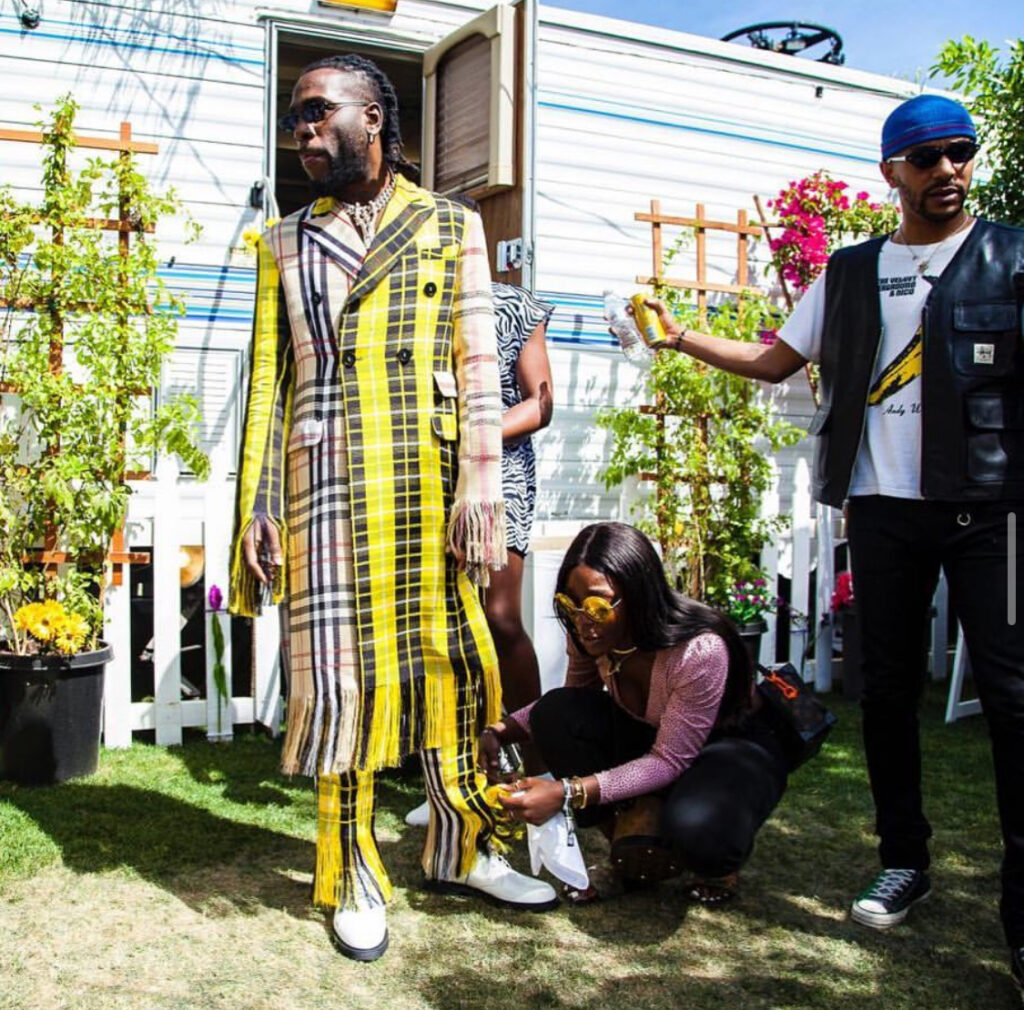
Stylist: RONAMI OGULU
Artist: BURNA BOY
Burna Boy’s rise to the top of the music game has been mostly a family-run operation, and the one who has been in charge of making sure he looks the part at all times is Ronami Ogulu, his younger sister, whose eclectic archival approach has made her uniquely-situated to helm the fashion evolution of her superstar brother. “I didn’t really know what I was doing,” Ogulu quips, speaking of her earliest experiences styling Burna in the mid-2010s. “I didn’t know there was a thing called styling at the time. I just had a natural affinity for fashion.”
By the time Burna Boy experienced his major breakout in 2018, Ronami had become a seasoned creative director with a distinctly African luxury lens. Her refinement of the African Giant’s signature style began at home, enlisting Nigerian designers like Tokyo James and Kenneth Ize to create iconic looks that celebrated Burna’s heritage while prioritising quality design and craftsmanship. It wasn’t long before the world caught on to the duo’s sartorial genius, and when Burna took home his first Grammy in 2021, he accepted the award via Zoom dressed head-to-toe in Dior.
Ronami finds inspiration for Burna’s avant-garde and at-times androgynous looks in the great rockstars of the 20th century: Prince, Jimi Hendrix, Freddie Mercury and David Bowie. Crafting Burna’s signature style has been, above all, an exercise in paying homage to his spiritual antecedents, icons who became as widely known for their experimental fashion choices as they were for their era-defining music.
Today, Burna has been dressed by the likes of Robert Wun and Louis Vuitton. In November 2022, Burberry announced Burna Boy as the face of their Christmas campaign and dressed him for his 2023 Met Gala debut. The regal look was co-designed by Ronami and Burberry’s creative director, Daniel Lee. Since then, Burna’s style has taken on a more relaxed tone as he’s settled into Fashion Icon status.
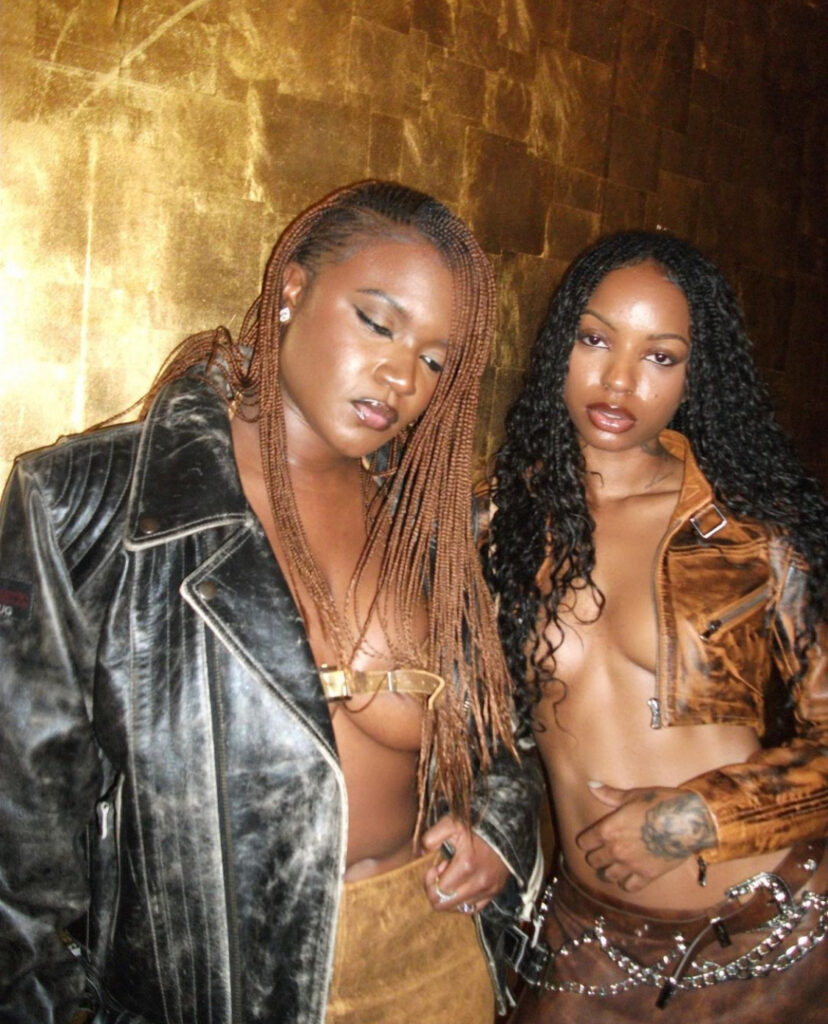
Stylist: BRIANA SHANEÈ
Artist: AMAARAE
Ghanaian-American songstress Amaarae first rose to prominence in the late 2010s as a key fixture in West Africa’s alternative music scene. Her signature buzzcut and genderfluid style were a reflection of her freewheeling sound, which played a major role in defining the ethos of the growing alté subculture.
As Amaarae set her sights on world domination, the 2020 release of her debut album, The Angel You Don’t Know, was heralded by a new sartorial chapter. The music video for “Fancy” (2020) saw Amaarae rocking an explosive collage of looks—from bondage-inspired leather to neon utility-wear—from the atelier of Accra-based stylist Kelvin Vincent. The following year, in the viral “Sad Girlz Luv Money (Remix)” music video, Amaarae and collaborator Kali Uchis brought their galactic girlband vision to life wearing pieces from Mugler, Yves Saint Laurent and Versace, as well as custom looks from Daniel Obasi’s Lagos design studio.
Amaarae had already curated a strong fashion identity when London-based stylist Briana Shaneè joined her team in 2023. By then, Amaarae had attended fashion shows for brands like Jacquemus and Coperni, and made an appearance on the soundtrack for Black Panther II: Wakanda Forever. But as the singer prepared to roll out her sophomore album, Fountain Baby, Shaneè helped to curate a new style direction that would build on Amaarae’s unique tastes while translating them into a style for the everyday.
“I think my work with Amaarae helped to communicate the worldwide vision that she had for herself,” Shaneè tells me. “Amaarae is very androgynous, that’s who she really is in person and in her music, so I always made it a point to include a good balance of masculine and feminine in her looks. Her music, style and personality are all very bold, and the fashion houses love that.”

Stylist: IRETI ZACCHEAUS
Artist: ODUMODUBLVCK
In the 2010s, as brands like Off-White and Supreme brought street culture to the forefront of mainstream and luxury fashion, West Africa also experienced its own streetwear boom. By the time Odumodublvck began his breakout year in 2023, marked by the release of smash-hits like “Declan Rice” and “Blood On The Dancefloor”, he had crafted a literal style bible—with the help UK-based stylist Ireti Zaccheaus.
Zaccheaus, the streetwear mavin and Creative Lead at Native Records, is also the founder of Street Souk, an annual streetwear convention that showcases the best African streetwear brands under one roof. While Odumodublvck bolstered his position as the self-professed ‘Industry Machine’ by merging his confident rap vocal delivery with catchy Afropop melodies, his personal style played a huge role in cementing him in the pop cultural lexicon.
“It goes with everything,” says Zacchaeus, speaking of Odumodu’s signature red hat, inspired by his Igbo heritage. “He took something traditional and made it hip and trendy. It’s very special to him and a big part of his identity.” As the pre-eminent figure in Nigeria’s rap scene, Odumodu’s crossover into the mainstream put a bright spotlight on his brash persona. For Zacchaeus, who styles Odumodu for music videos and major shows, his style is merely an extension of the man beneath the clothes.
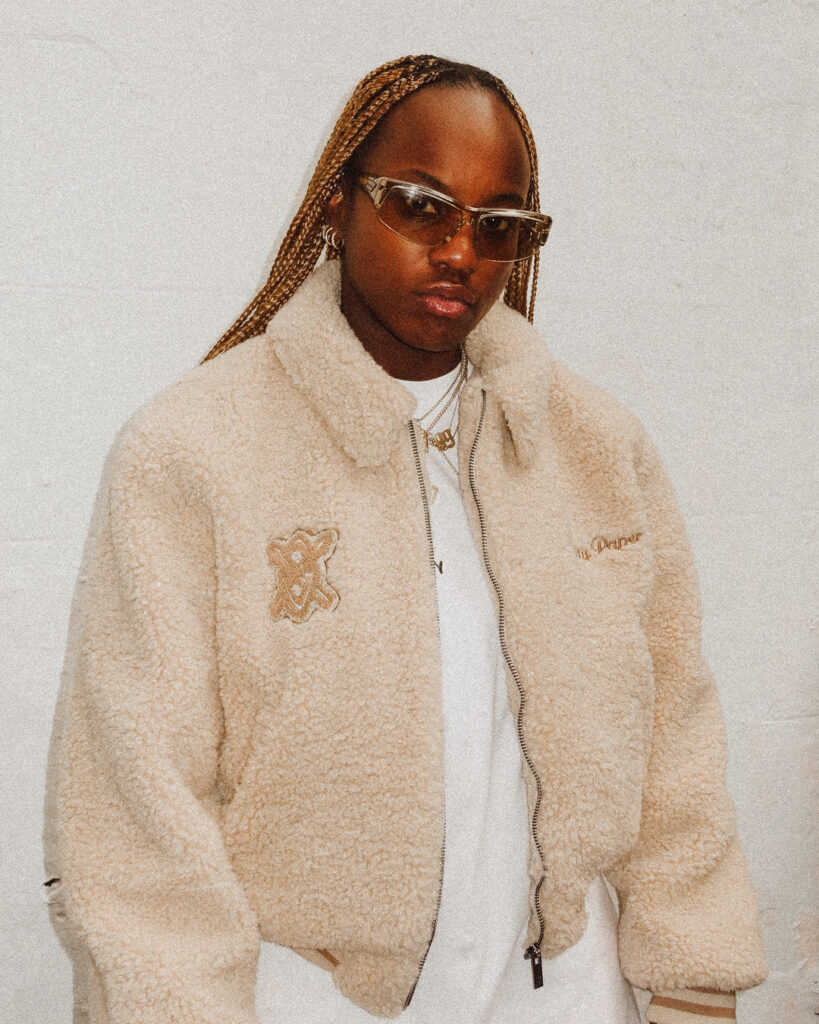
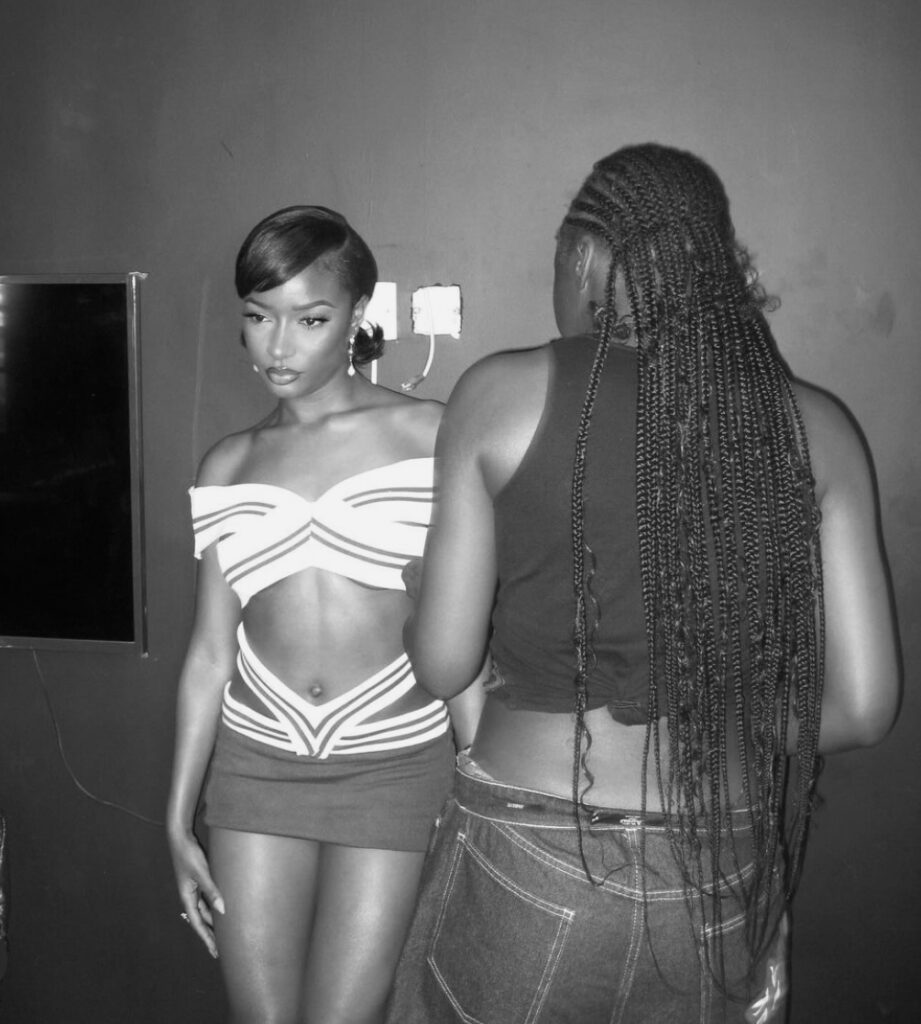
Stylist: JANICE MAHENGE
Aritst: AYRA STARR
Another artist making a strong case for the ‘staple clothing item’ is Ayra Starr, whose varied takes on the miniskirt have made her the subject of polarising discourse in her notoriously conservative home country, Nigeria. But while Starr often laughs in the face of her detractors, make no mistake: she takes her skirts very seriously.
“Ayra’s miniskirts have made a huge impact,” stylist Janice Mahenge tells me. The story of Starr and Mehenge’s creative partnership actually starts with a miniskirt: Starr’s team had been hunting down a specific Diesel skirt for her “Stability” music video when a mutual friend reached out to Mahenge hoping she would be able to track it down. Well, she did just that, and the rest is history.
Starr has been fashion-forward from the very beginning, crafting her internet-era edgy look around popular Nigerian youth brands like Daltimore, Fruché and Vicnate. More recently, her style exudes a tasteful, yet playful sex appeal that nods to the fashion of early-Y2K divas like Britney Spears, Beyoncé and Jennifer Lopez. She’s been spotted at Paris Fashion Week and frequently wears brands like Roberto Cavalli, MACH & MACH, DSQUARED2 and Jéblanc.
“Fashion plays such an important role with this new generation of African musicians because it’s a way of translating who they are through their clothing,” Mahenge continues. “Just this time last year it was tough for me to work with major brands because I was new to the industry and Ayra was only just starting to tap into the fashion space. I think she’s being embraced now because we’ve shown that she can rock the hell out of smaller brands. Ayra is able to make the smallest brands look like the biggest.”
In July 2023, Ayra Starr covered Teen Vogue’s July issue titled ‘Africa’s New Wave’, alongside fellow rising stars Victony and BNXN. The fashion story, produced by celebrity stylist Ade Samuel, explored the rise of a new wave of Afrobeats stars, and recognised their growing influence on fashion and culture.

Stylist: WANDÉ ESAN
Artist: FIREBOYDML
“As a stylist, it’s important to understand the character of the person you’re styling,” says Wandé Esan, who began working with FireboyDML in 2022. After sending him clothes from her eponymous fashion label, Esan was surprised to discover the Afropop star actually liked them and wore them.
“I’m very passionate about encouraging people to wear Nigerian,” says Esan. “Fireboy is also a big supporter. As long as it looks good and is ethically produced, he’s so down. He’s a global artist exporting Afrobeats to the rest of the world—it’s only right that he does so wearing pieces created by designers in his home country.”
With collaborations with artists like Ed Sheeran and Madonna, Fireboy was becoming a veritable global pop star and found a fashion perspective to match, rooted in local talent.
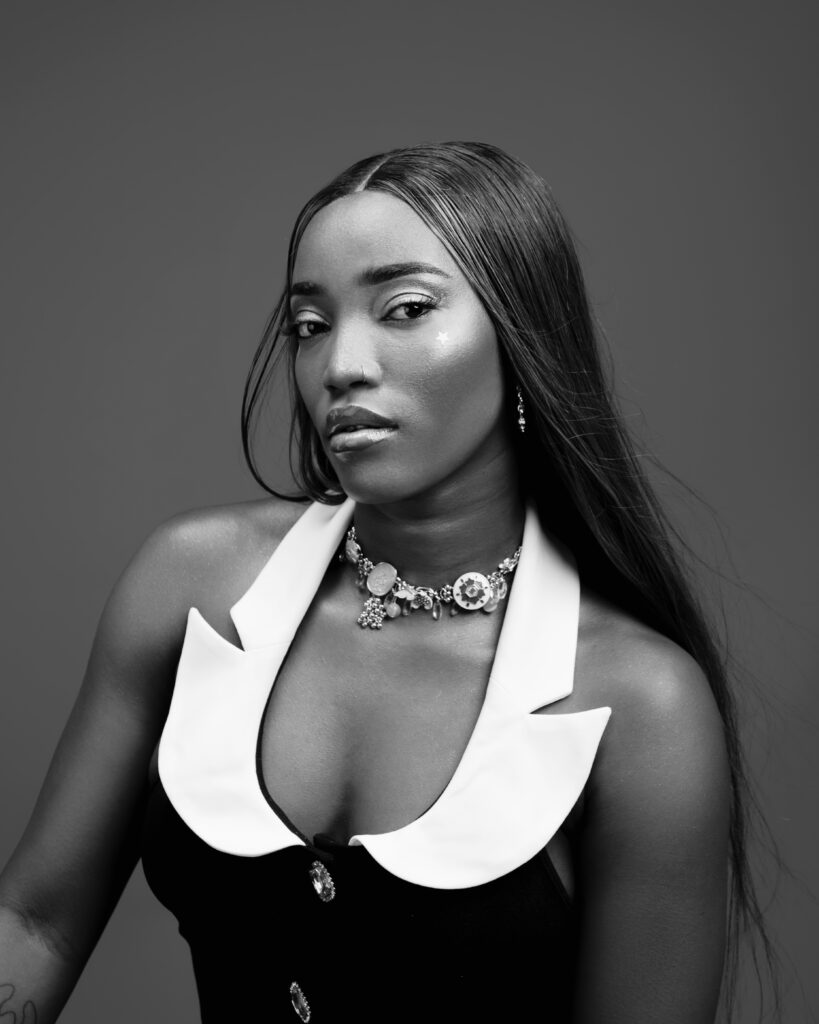
“Whenever I’m asked to style him, I make sure to source pieces from homegrown brands first, like Pith Africa, T.I. Nathan, Waf., Ashluxe and Severenature. Then I create a perfect blend with his favourite international brands, like Kenzo, Diesel, Casablanca, Balenciaga and so on. We also create custom pieces using local tailors, retailers, and fabric merchants.”

Stylist: SANUMI “SUCCI” OSIFESO
Artists: LOJAY, ASAKE
Lagos-based stylist Succi has had a busy few years dressing the new gen of male Afropop stars, like Ruger, CKay, Bella Shmurda and Sarz. But like many great creatives, his journey began close to home: with his older brother, Lojay, who was preparing to dominate airwaves with his Sarz-produced party banger, “Monalisa” (2021).
Musical allure aside, Lojay’s mainstream success was marked by a refined style sensibility. He’s been known to rock Nigerian luxury brands like TJWHO and Kenneth Ize, while the music video for Chris Brown’s “Sensational” featuring Lojay and Davido saw Lojay in pieces from Marni and Isabel Marant.
“Lojay’s sense of style is an extension of his music and a key component of his public persona,” explains Succi. “His music, which blends elements of Afrobeats, R&B and other genres, has a vibrant, edgy, and soulful quality so we try to reflect these characteristics through his wardrobe choices.”
In no small part due to his work with Lojay, Succi was already a sought-after fashion force when he received the call to co-style a music video for then-rising star (now cultural force) Asake, in 2022. This was the year Asake had exploded onto the scene with hits like “Sungba”, “Palazzo” and “Peace Be Unto You”, creating an expansive visual multiverse one TG Omori-directed music video at a time.
This multiverse extended far beyond Asake’s videos alone, with the star translating his larger-than-life persona into an avant-garde fashion aesthetic categorised by experimental fits from more edgy labels like Mowalola, Denim Tears and Vetements. While it was Raya Khaled who helmed this particular era of Asake’s style evolution, Succi has remained a go-to for video shoots, day-to-day engagements and special occasions, taking on the task of building on Asake’s existing style philosophy while introducing new ideas and elements to sustain his cutting edge dynamism.
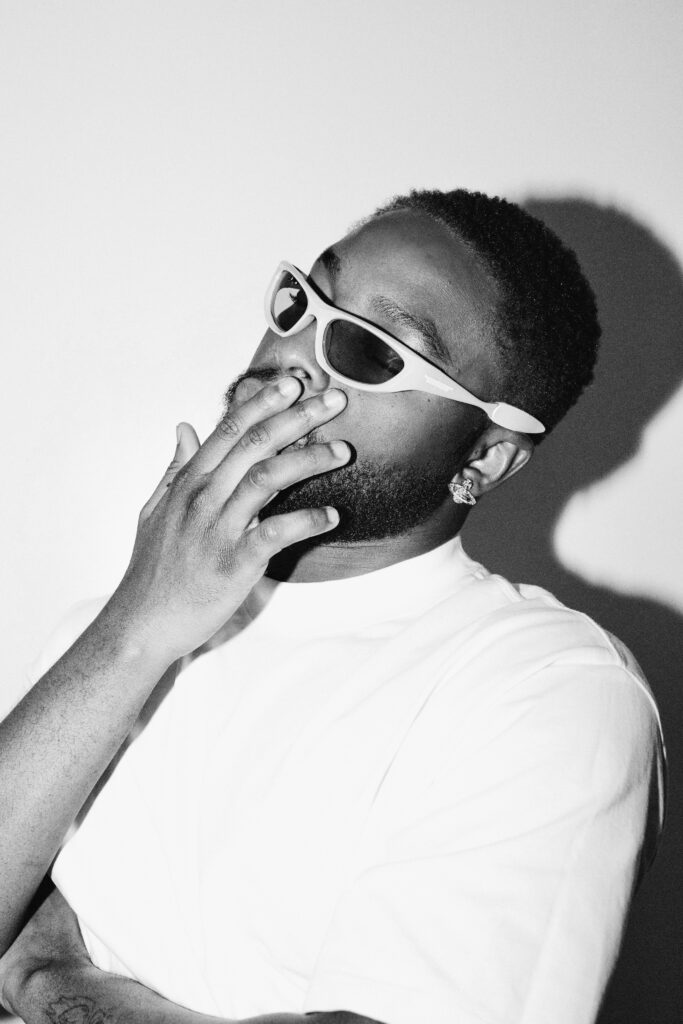
“For Afrobeats stars, fashion isn’t just about looking good,” says Succi. “It’s about making a statement and leaving a lasting cultural impact that goes way beyond their songs. Asake has been embraced by the international fashion community because his look resonates with their emphasis on innovation and trendsetting while always staying true to yourself.”
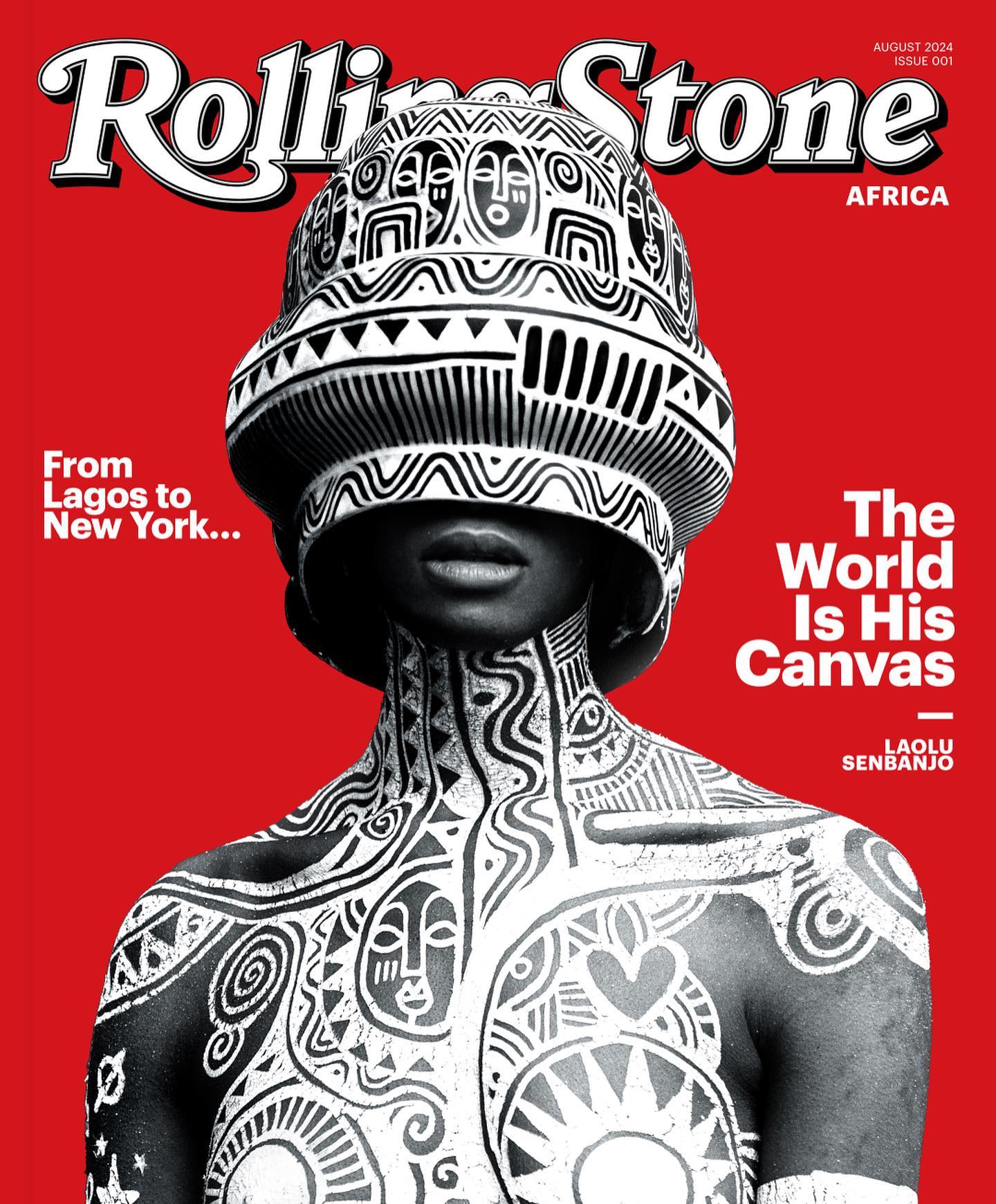
© Copyright Rolling Stone Africa 2024. Rolling Stone Africa is published by Mwankom Group Ltd under license from Rolling Stone, LLC, a subsidiary of Penske Media Corporation.
By providing your information, you agree to our Terms of Use and our Privacy Policy. We use vendors that may also process your information to help provide our services.
By registering for our sites and services, you agree to our Terms of Service (including, as applicable, the mandatory arbitration and class action waiver provisions) and our Privacy Policy.
We use vendors that may also process your information to help provide our services.
This site is protected by reCAPTCHA and the Google Privacy Policy and Terms of Service apply.
By providing your information, you agree to our Terms of Use and our Privacy Policy. We use vendors that may also process your information to help provide our services.